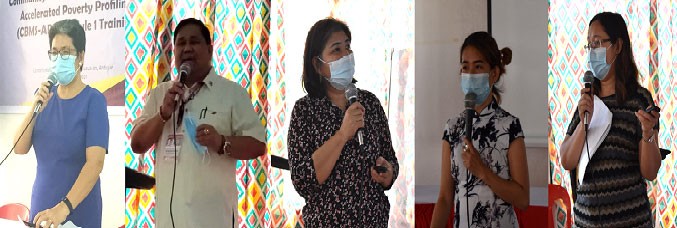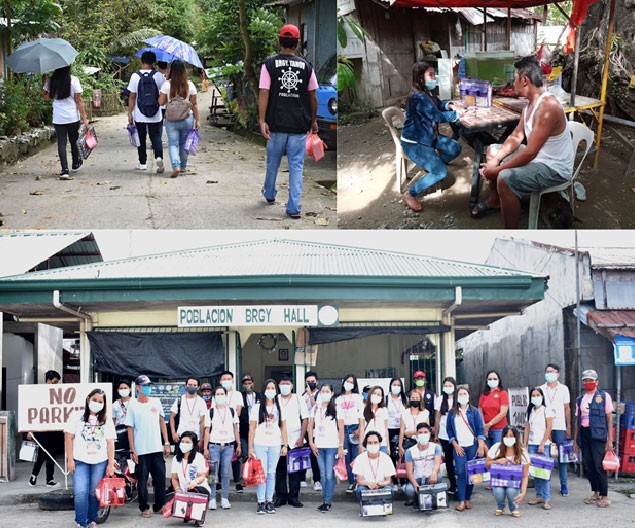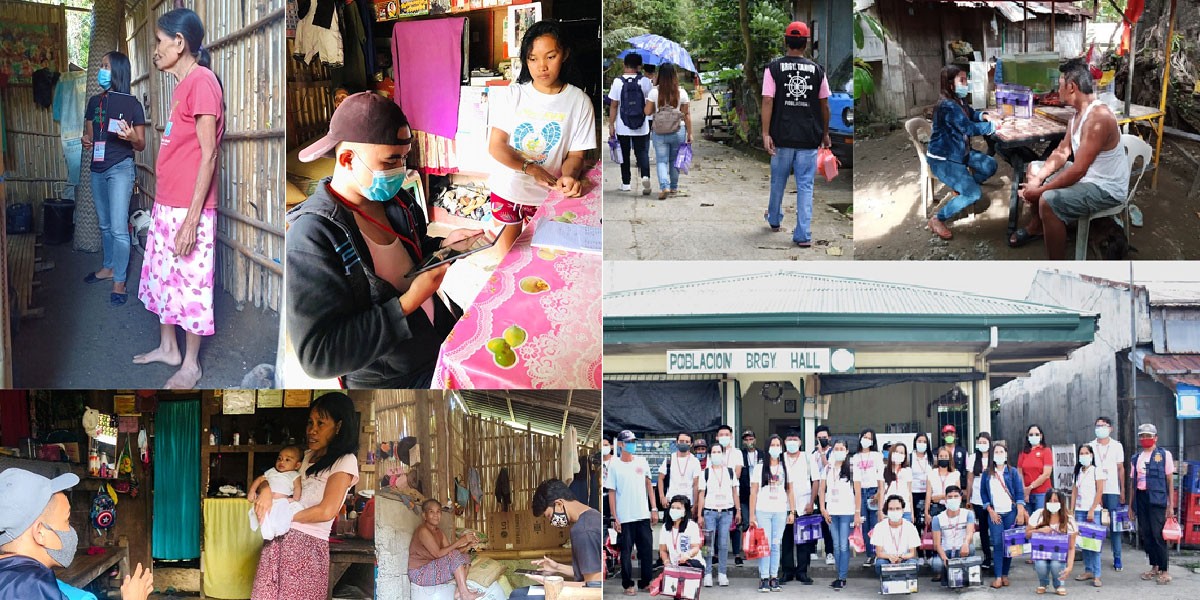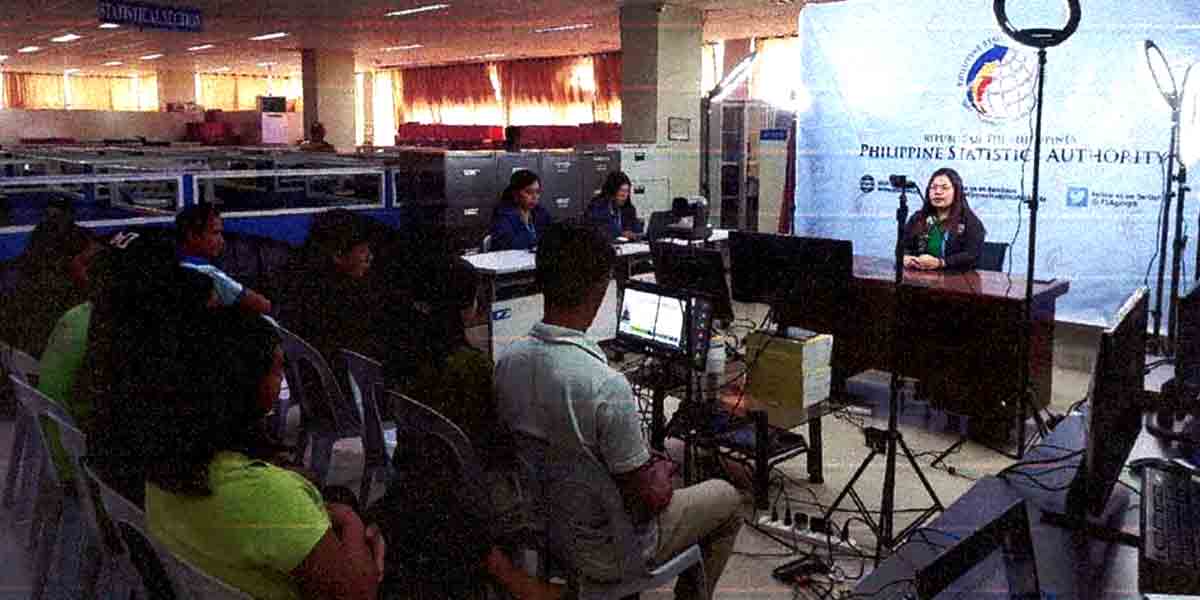
By Judy Mae Magdato-Sajo
Recognizing the need for a solid database to serve as reference on evidence-based planning, the Municipality of Lauaan in Antique recently started enumeration for the Community Based Monitoring System (CBMS) in all its barangays.
The CBMS is a survey that covers all households in the locality, thereby enabling the local government unit (LGU) to generate household-level data that may correctly indicate the economic and social status of its constituents.
Earlier, the municipality signed a Memorandum of Agreement with the CBMS Network to implement the program.

The Department of Interior and Local Government (DILG)-Antique, being part of the CBMS Network, is tasked with conducting the series of CBMS trainings that includes data collection, data processing and poverty mapping, and Barangay and Municipal Comprehensive Development Planning.
“With a budget of approximately PHP1.7-million, sourced from the LGU’s budget, the amount covers the purchase of tablets, trainings of the enumerators, field editors and coordinators and the expenses incurred during the entire implementation of the program, to cover all 40 barangays of Laua-an,” said Laua-an MPDC and CBMS Focal Person Rosanna Macailing.

Around 80 stakeholders, including municipal department heads and barangay officials, attended the first CBMS training on data collection on February 8, 2021.
“The DILG, being tasked in providing capacity building support to LGUs on the implementation and use of CBMS, has already expanded the project in the areas of improving good local governance, program design and implementation, and impact-monitoring,” DILG Antique Provincial Director Cherryl P. Tacda said.
CBMS Provincial Focal Person Judy Mae Sajo added that apart from mapping out poverty, the data collected can be used by the LGU as inputs in the formulation of development plans and poverty reduction programs.

The CBMS may also address existing data gaps in diagnosing the extent of poverty at the local level, formulation of appropriate policies and programs, identification of eligible beneficiaries and assessing the impact of the said policies and programs.
The CBMS statistical data gauges local scenario on the areas of health, nutrition, housing, water and sanitation, education, income, employment, and peace and order, all of which are included in the country’s commitment to the United Nations’ Sustainable Development Goals.
Instead of the traditional paper based survey, the CBMS makes use of tablets for data collection and captures the exact location of the household interviewed to be used in poverty maps as outputs.

More LGUs are expected to implement CBMS in the coming months since the CBMS Act (RA 11315) was signed into law in 2019 which requires a regular and synchronized data collection which shall be conducted by every city and municipality every three (3) years.
The enumeration is expected to be finished in April, this year, and shall be immediately followed by a workshop on data processing and the generation of poverty maps.






















